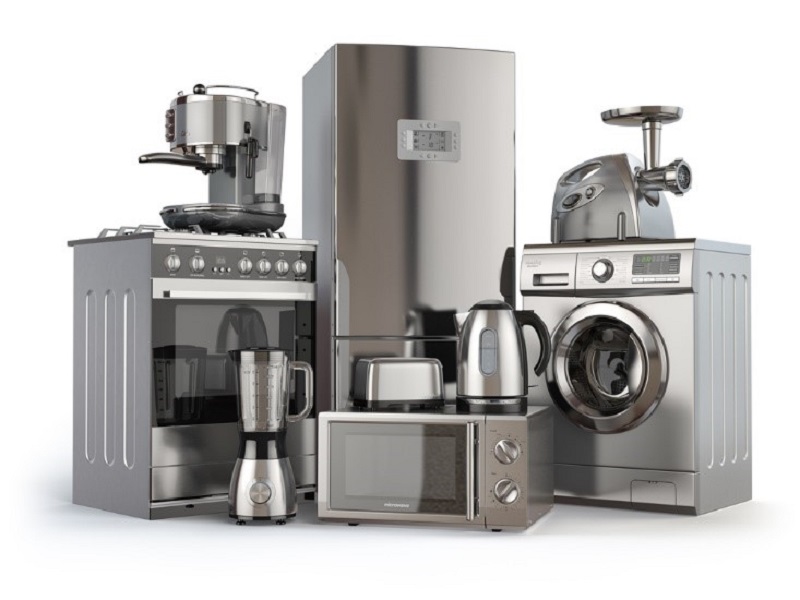Your house is the hub of your family’s life and is also the largest investment you’ve ever made. That’s why you have homeowners insurance to protect you from what could be the devastating costs of damage to the structure and contents from fire and other perils.
What you should know, though, is that homeowners insurance doesn’t cover the expense of repairing or replacing functional systems and major, even built-in, appliances that break down or that just plain wear out from normal use. Once manufacturers’ warranties on those systems and appliances have expired, it’s your responsibility to cover those costs, and they might be hefty.
 |
| Home Protection |
So here are some questions you should be asking and some answers that will help.
Q: What Is a Home Protection Plan?
A: It’s insurance in that covers all or part of the costs of servicing, repairing or replacing whole-house systems and appliances that stop functioning for reasons other than the ones covered by your homeowners insurance.
Q: How Does It Work?
A: If you have a home protection service plan, you make one call and you’re connected with a proven local professional. Even better is that repair services contracted through such a plan cost far less than what you’d pay if you contacted the service on your own. With a service plan, you pay a pre-determined flat fee per service call, and that fee sometimes can include parts or total replacement.
Q: What Does a Plan Cover?
A: Depending upon your needs, you can choose a protection plan that covers some or all of the systems and appliances in your house.
The systems include air conditioning and heating units and ductwork, plumbing (fixtures, pipes and stoppages), water heater, electrical, central vacuum, garbage disposal and instant hot/cold water dispensers.
The appliances include stoves, ovens and cooktops, built-in microwaves, refrigerators, free-standing icemakers, built-in food centers, dishwashers, trash compactors and clothes washers and dryers. Some plans will even cover garage door openers, ceiling fans, smoke detectors, doorbells and re-keying.
 |
| Plan Cover |
Q: What Doesn’t It Cover?
A: Home protection plans don’t cover household furnishings or walls, floors, windows or the other structural features that are included in homeowners insurance coverage for damage from fire and other destructive occurrences, nor do they cover damage from other than normal wear and tear.
Q: What Does It Cost?
A: How much a home warranty costs depends upon how extensive a plan you buy. Industry reviews report that the average plan costs about $600 per year, or $50 a month. There are basic plans that cost less and more comprehensive plans that cost more. It’s up to you to decide the coverage you want.
Q: When Should I Buy Home Protection Insurance?
A: You can buy it when you purchase your house or at any time thereafter. Your appliances and systems don’t have to be new to qualify for coverage, and no home inspections are required.
Q: Is There Anything Else I Should Do?
A: Even if you have a home protection plan, you should do regular maintenance that will keep everything running smoothly:
- Check refrigerator and freezer seals. These rubber gaskets can get brittle over time, letting in air and lowering the temperatures inside. Slip a piece of paper between the seal and the door before you close it. If you can slide the paper down with the door closed, seals should be replaced.
- Clean refrigerator coils. Condenser coils that are dusty or covered in pet hair waste energy. Every six months you should unplug the unit and use an appliance brush or damp cloth on the coils. Then just vacuum or sweep up the debris. (You’ll find the coils either behind the kickplate at the bottom or at the rear of the refrigerator, depending upon your model.)
- Check oven seals. Deteriorated seals let heat escape and waste energy. Test the same way you did the refrigerator gaskets, and if the oven is gas, take another moment to clean out burner ports with a straight pin (not a toothpick, which can snap off.)
- Check washing machine hoses. Detecting a weak spot before it cracks can save you from a deluge in the laundry room. Check for leaks at the connections, too.
- Clean out the dryer exhaust. Clean off the lint screen every time you finish a dryer load and at least once a year clean the exhaust venting. Follow these tips from a proto see how to do it.
- Replace heater and AC filters. Whichever you’re currently using, change the filters on your heater or air conditioner every month or so.
January 22, 2019
Leave a comment
